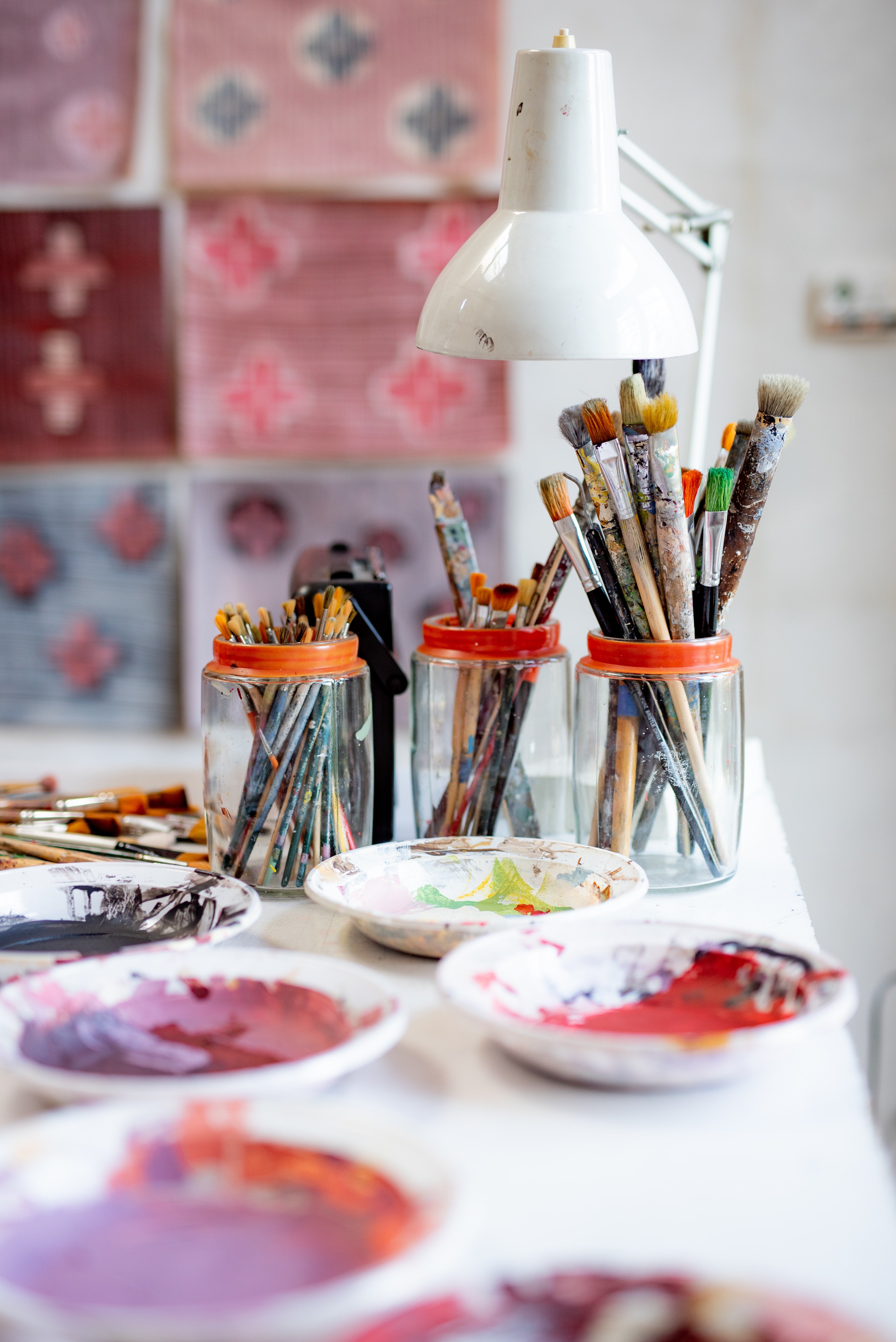
Dedicating space to artistic work may be a far-off dream for some or a creative drain for others. For example, if you’re an amateur artist, you may not feel you can afford to sacrifice the space needed for a studio. Or, if you’re a professional, you may feel guilty for pursuing passion projects while surrounded by client work.
But no matter where on the spectrum you fall, having a space to play creatively is essential. This post will cover why all artists need a mini studio and how to start creating one.

Why Artist's Need a Mini Studio
The Professional
Sharing your skills with others can be endlessly rewarding. But creating for others is still a telic activity, which is when we do something with an outcome in mind. For example, this may be designing a brand logo to meet a client’s specifications. Of course, this is great. But dedicating all your creative energy to others can be draining, disheartening or even lead to burnout.
The Amateur
An amateur pursues their work out of pure love with no defined outcome in mind. So an amateur works in an atelic state, which can be freeing, personal and enriching. But, as discussed in How to Develop a Drawing Habit, creating without structure can become overwhelming. Which, over time, can leave you feeling discouraged as an artist.
Whether you’re a professional or an amateur artist, we all need a dedicated space for pure artistic fun. Otherwise, your creative reserves can dwindle.
So, how do we pump up our creative energy? By setting up a mini studio space.

Setting Up a Mini Studio Space
To assemble your mini studio space, we encourage you to start with the materials you already have. Then, the more you use your mini studio, you can add to it mindfully and sustainably.
To first start curating your mini studio, you will need a:
- Sketchbook
- Art materials
- Timer
- Container
We recommend using one sketchbook. Find out why here: 5 Reasons Every Great Artist Keeps a Sketchbook.
Now it’s time to gather your art materials. The purpose of the mini studio is to put as much distance between work and play as possible. So, if you’re a professional, we recommend using separate supplies from the ones used for client work. On the other hand, if you’re an amateur saving a notebook or supplies for a special occasion, grab them now. Showing up to create is a special occasion.
A studio gives us the advantage of a spatial boundary. But as a mini studio can be set up anywhere, we need to define our space temporally. So, you’ll need a timer of some sort. Setting a timer replaces the studio door, shutting out everything that doesn’t add to your creative play.
Finding a secure container for your supplies may be the most crucial step. Your container could be a tote bag or a box, but it needs to be something you find aesthetically pleasing. Attractively housing your mini studio means you’re more likely to keep it on display. A container is vital for two reasons:
- It will serve as a visual cue, reminding you to return to your creative practice.
- It also allows your work and creativity to rest safely between sessions.
Over time, you may want to put in objects to trigger your creative flow. Inspiring objects may be candles, mood boards or art prints. But, of course, this will be personal to you.

Scaling down studios gives ourselves both permission and reminders to play. And creative play is a comfort no artist should be denied. You can also care for your artistic self by:
- Taking yourself out on an Artist’s Date.
- Joining us in our next Drawing Session.
Written by Caitlin Layfield.


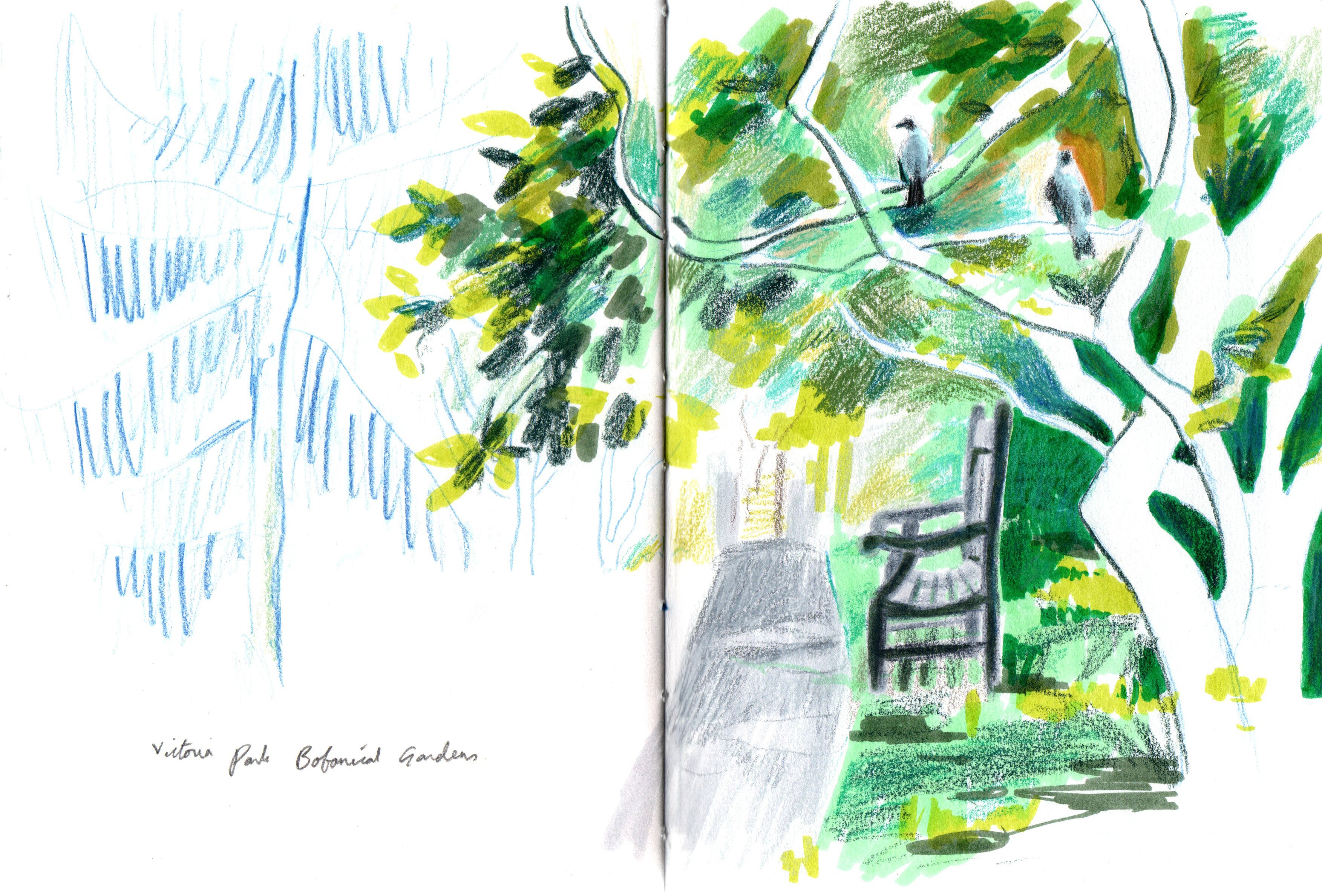
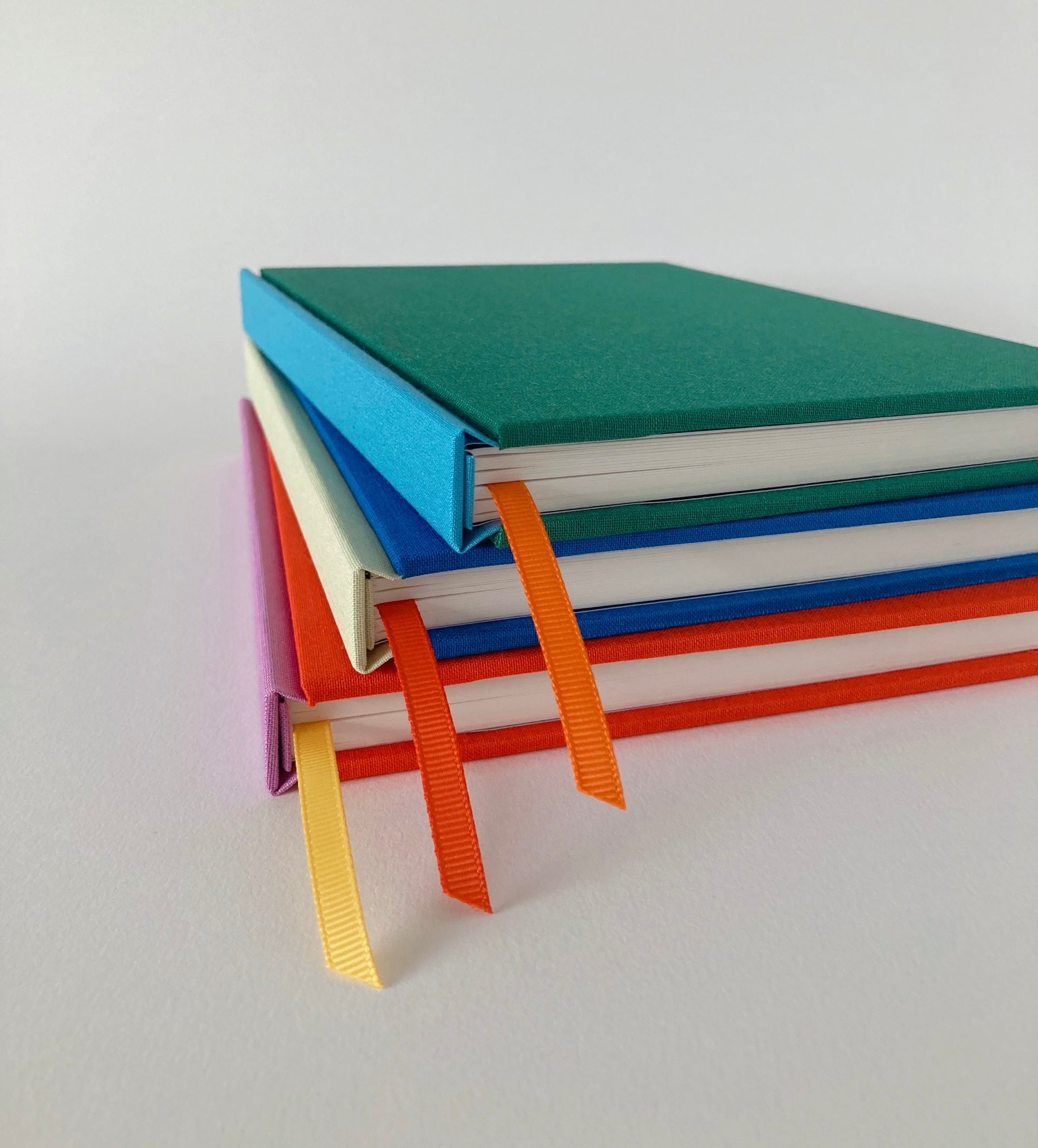
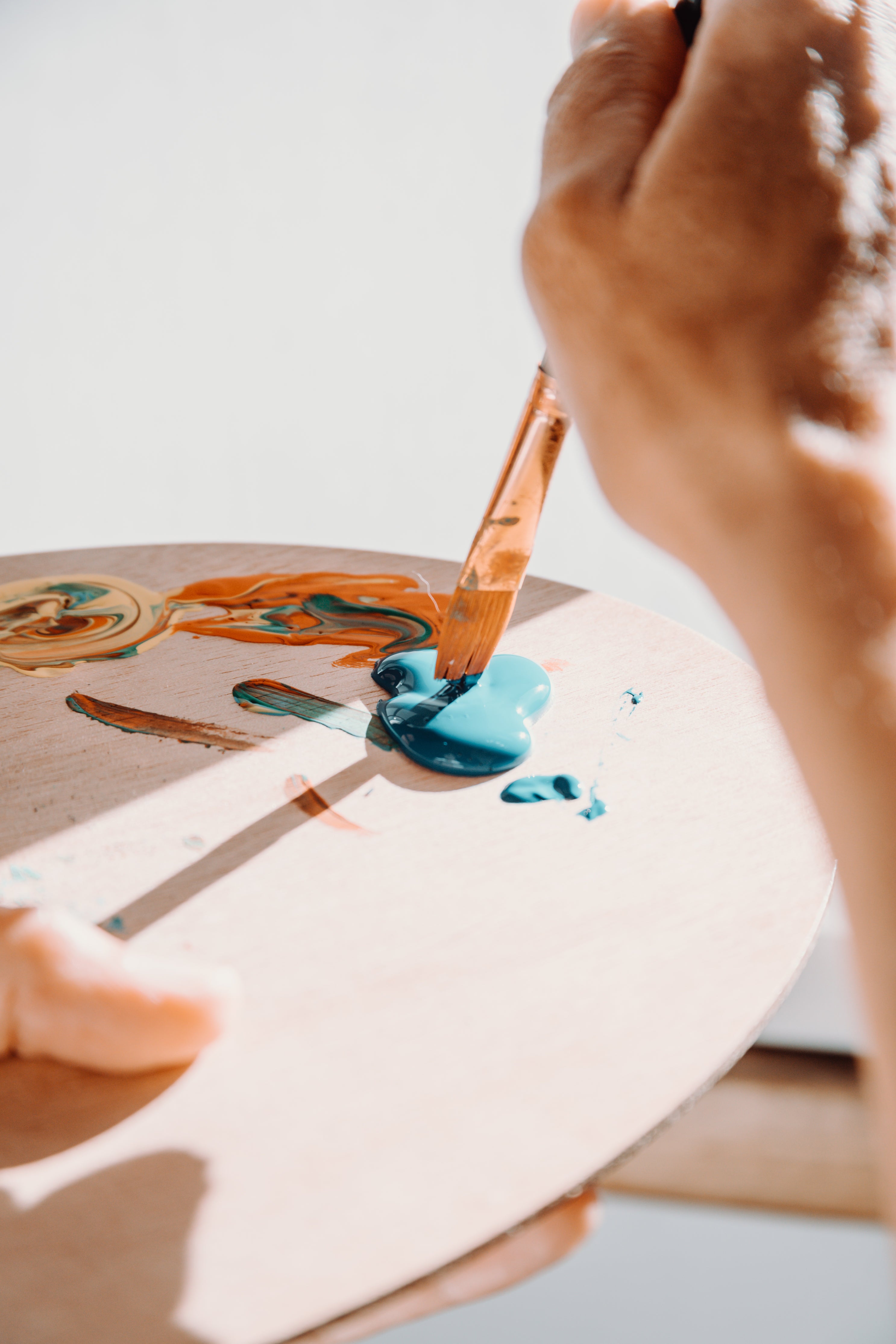
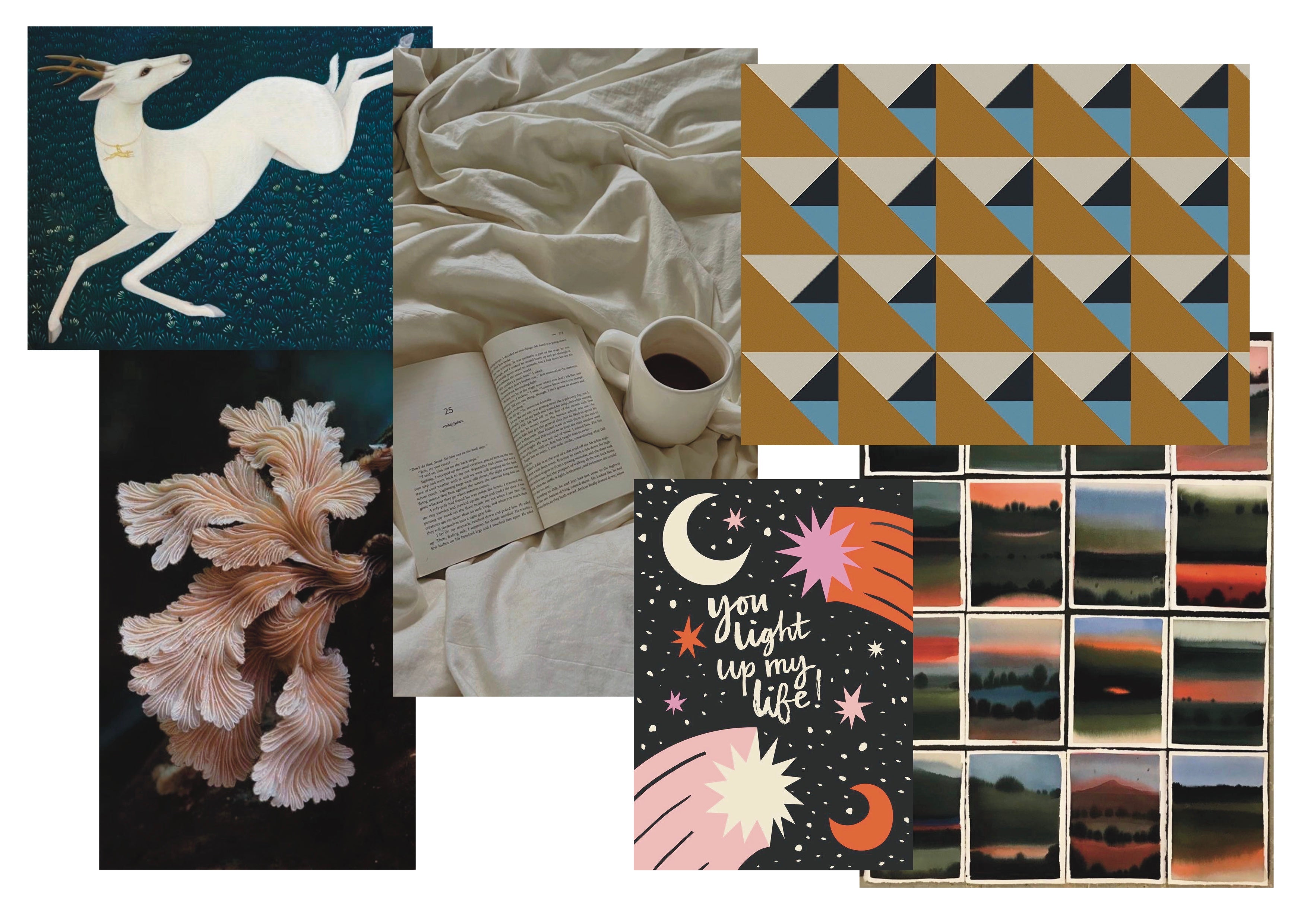
Comments (0)
Back to Journal